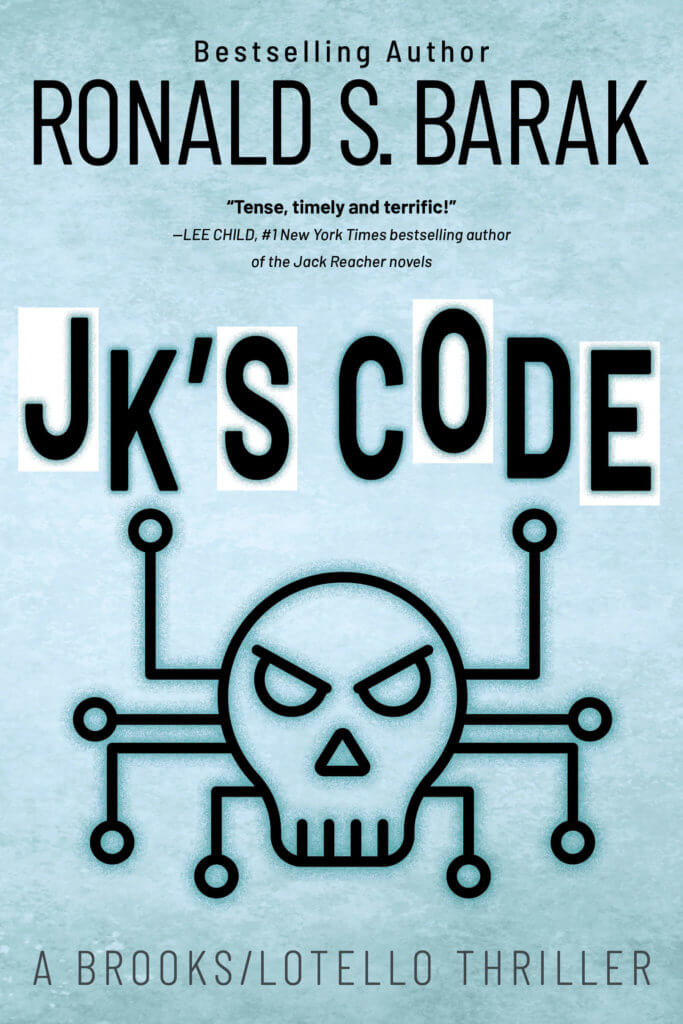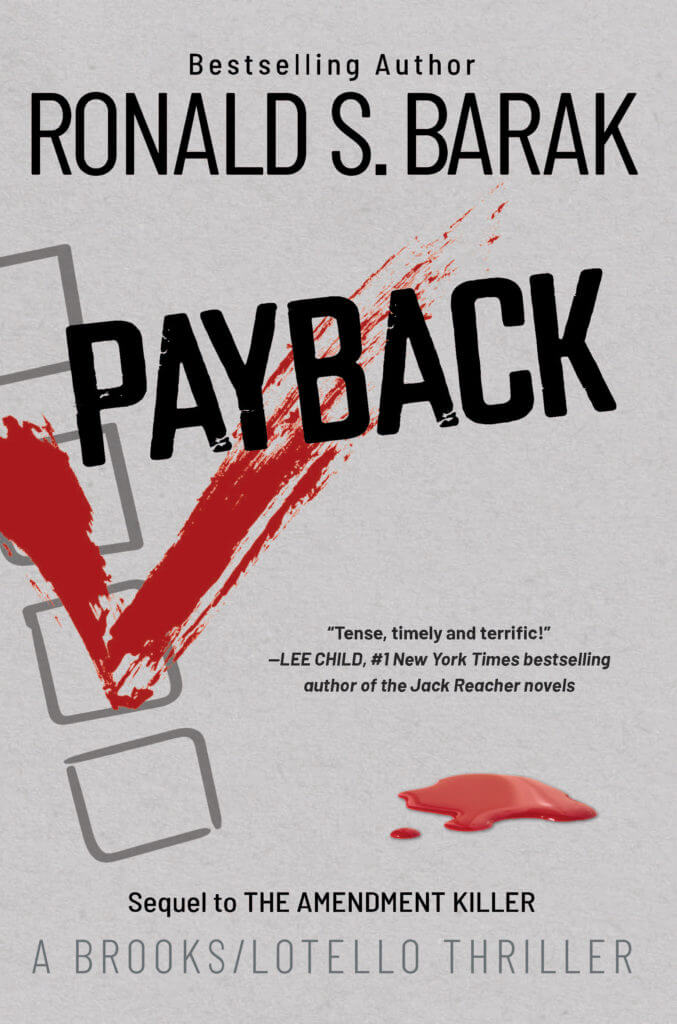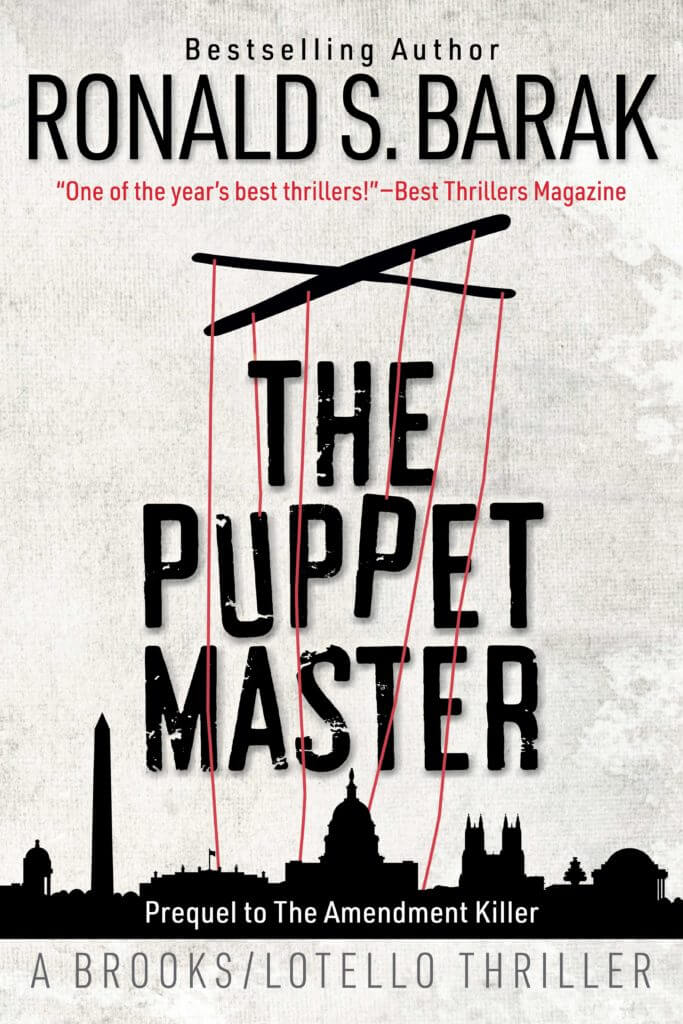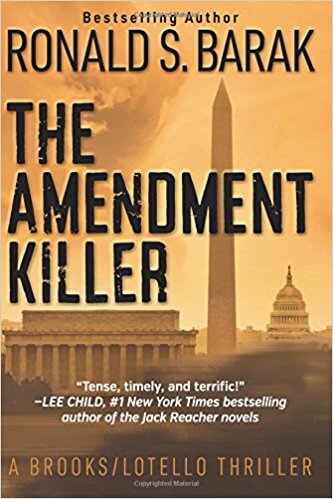 In a recent blog, I spoke of the pendulum theory, pointing out the unfortunate overreaction to the second degree murder conviction and 30-year jail sentence imposed on a practicing physician for recklessly prescribing painkillers to three patients who died as a result of using such meds—namely, that many doctors will no longer prescribe pain medication, no matter the circumstances. But that jail sentence on which they and their insurers are now so fixated, didn’t just occur in a vacuum either. In case you wonder why such an arguably harsh sentence was handed down, it didn’t just happen out of the blue:
In a recent blog, I spoke of the pendulum theory, pointing out the unfortunate overreaction to the second degree murder conviction and 30-year jail sentence imposed on a practicing physician for recklessly prescribing painkillers to three patients who died as a result of using such meds—namely, that many doctors will no longer prescribe pain medication, no matter the circumstances. But that jail sentence on which they and their insurers are now so fixated, didn’t just occur in a vacuum either. In case you wonder why such an arguably harsh sentence was handed down, it didn’t just happen out of the blue:
A record 47,000 Americans fatally overdosed in 2014, a 7% rise increase over 2013, and 1.5 times as many as died that year in car crashes or gun violence. This epidemic level is caused not just by illicit drugs, but by a dramatic increase in the use of prescription opioid painkillers. Nearly 1.9 million Americans now abuse or are dependent on legal opioids. In 2015 19,000 people fatally overdosed on prescription painkiller,16% more than in 2013. Even in the case of minor ailments, doctors have prescribed highly addictive opioids like Vicodin and Percocet, originally prescribed only for terminally ill patients or for short term post-surgical acute pain. Physicians wrote 259 million opioid prescriptions in 2012, close to one such bottle of these pills for every man, woman and child in the U.S. That’s three times the number of such prescriptions two decades ago. Imagine that, a public health crisis caused by doctors!
How did this happen? In a single word, greed, money. Sorry, that was two words. In 1996, Purdue Pharma began marketing a new, powerful opioid, OxyContin. Its drug reps gave out 34,000 coupons for free OxyContin prescriptions, representing that the drug had no risks whatsoever. In 2007, Purdue Pharma pleaded guilty to criminal charges that it had misled regulators, doctors and patients about the addictive nature of OxyContin, but by then it was too late: hundreds of thousands of Americans were already hopelessly hooked.
And the danger is not “just” addiction. Opioids produce drug tolerance in many patients. As time goes by, the patient needs larger and larger doses to get the same result. However, in larger quantities, the drug also causes the respiratory system to slow down—to the point where the patient is no longer able to . . . breathe!
How insidious is this problem? A recent study found that 91% of people who suffered a nonfatal overdose of an opioid got another opioid prescription soon after. In 70% of those cases, the doctor who wrote the prescription just prior to the overdose wrote the prescription following the overdose! Is it any wonder why that 30-year jail sentence was handed down?
As if opioid overdoses are not enough, opioid users are switching to heroin in massive numbers. Opioids can cost up to $40 per pill, but heroin can be found on the black market for $5 a bag. Unfortunately, however, heroin is far more deadly. Between 2010 and 2014, opioid deaths rose from 16,000 to 19,000 per year, or about 9% per year. In the same period, heroin deaths rose from 3,000 to 11,000 per year, or about 133% year. And 80% of the heroin deaths were addicts who started out on opioids.
So, we are faced with a multi-faceted problem. Yes, we need to rope in the minority who are bad pharmaceuticals and bad doctors. But we need to make sure there is a way for genuine chronic pain sufferers to be able, under proper supervision, to obtain and responsibly use the pain medication they need to maintain any semblance of quality of life.
Not an easy problem with a quick or an easy solution. So, the pendulum will have to keep swinging back and forth, too far in one direction and too far in the other direction, until the right solution is found.
Join the discussion either by logging in just below or by signing into your favorite social media outlet. If you’re having trouble, please follow these instructions to guide you! Thanks!







